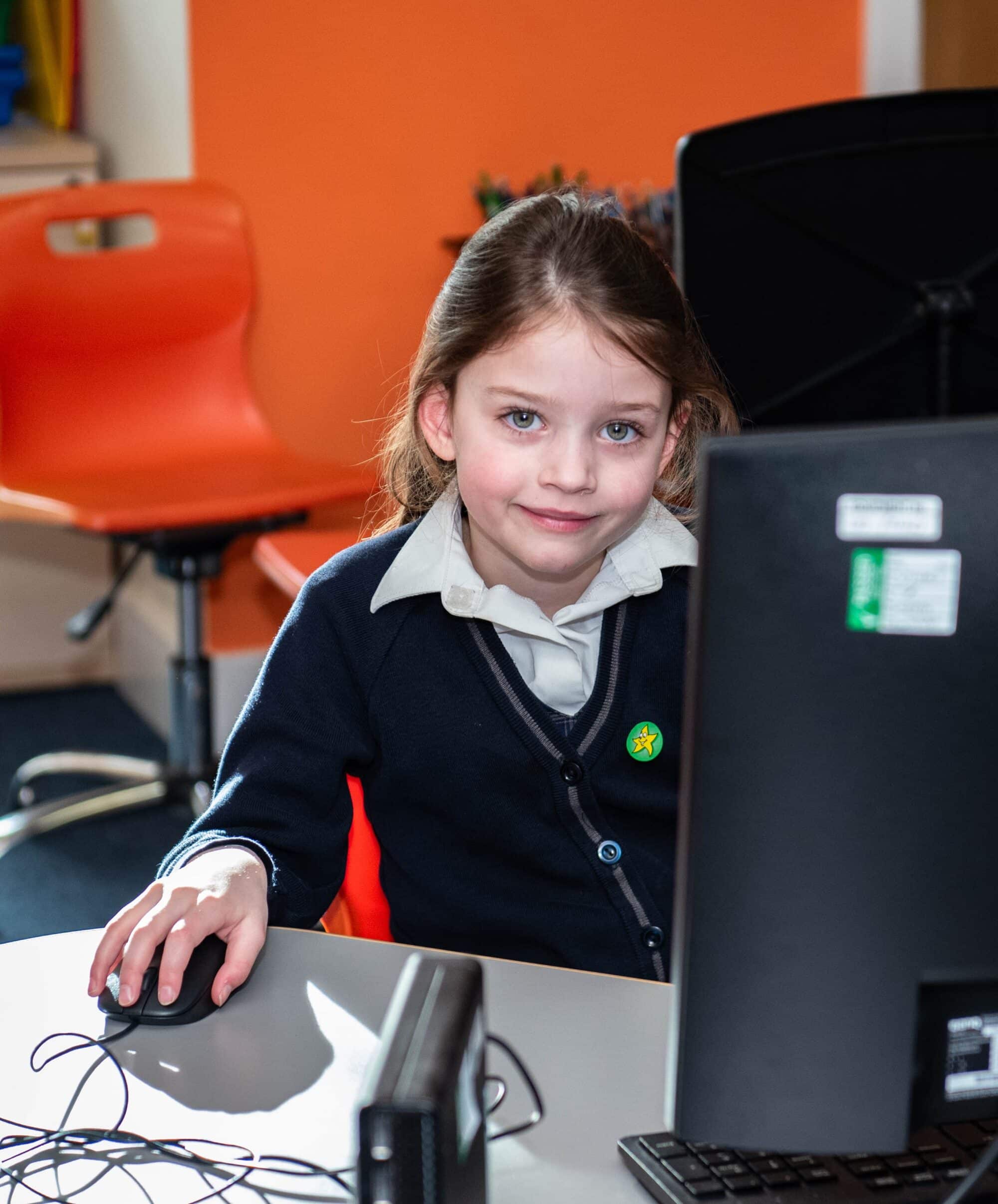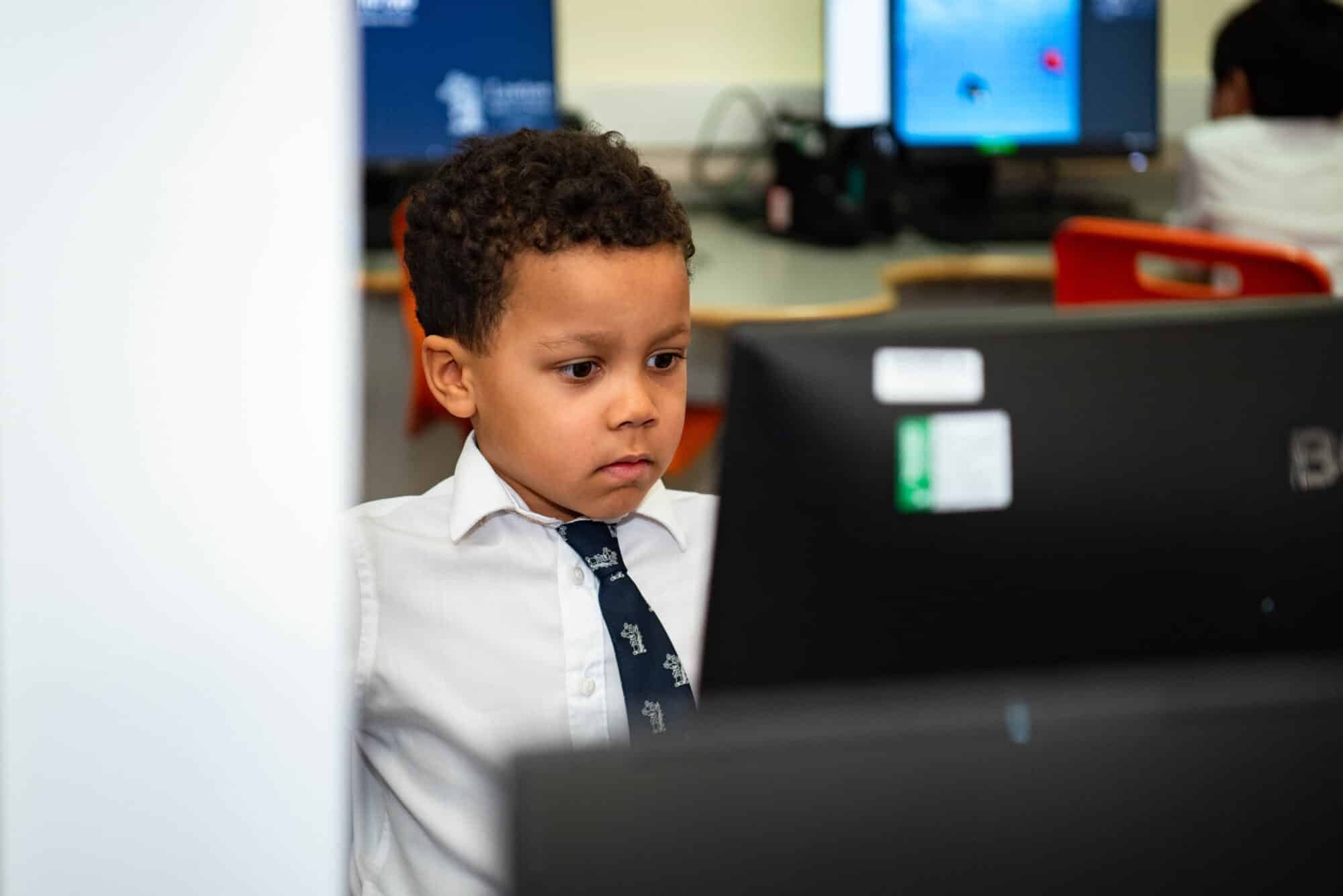Online Safety is taught discretely as well as embedded into our curriculum and incorporates the use of relevant national initiatives and opportunities e.g., Safer Internet Day and Anti-Bullying Week. It is this approach that ensures pupils’ knowledge of how to keep themselves safe online, inside and outside of school, is as strong as possible.
The curriculum will make pupils aware of threats they may face, inside and outside of school, including but not limited to:
• Access to illegal, harmful or inappropriate images or other content.
• Unauthorised access to / loss of / sharing of personal information.
• The risk of being subject to grooming by people they have met online.
• The sharing / distribution of personal images without an individual’s consent or knowledge.
• Inappropriate communication / contact with others, including strangers.
• Cyberbullying.
• Access to unsuitable video / internet games.
• The potential for excessive use which may impact on the social and emotional development and learning of the young person.
• Harmful online challenges and online hoaxes. The curriculum will also develop resilience and skills in the children that they can use beyond their time at Laxton Junior School to protect themselves and their peers by encouraging them to:
• Use technology safely, respectfully and responsibly.
• Recognise acceptable and unacceptable behaviour.
• Identify a range of ways to report concerns about content and contact.

At Laxton Junior School, we believe that equipping our pupils with the skills to navigate the digital landscape safely is essential for their overall development.
Online safety can be categorised into four areas of risk:
• Content: being exposed to illegal, inappropriate or harmful material; for example: pornography, fake news, racism, misogyny, self-harm, suicide, anti-Semitism, radicalisation and extremism
• Contact: being subjected to harmful online interaction with other users; for example: peer to peer pressure, commercial advertising and adults posing as children or young adults with the intention to groom or exploit them for sexual, criminal, financial or other purposes
• Conduct: online behaviour that increases the likelihood of, or causes, harm; for example: making, sending and receiving explicit images (e.g. consensual and non-consensual sharing of nudes and semi-nudes and/or pornography), sharing other explicit images and online bullying
• Commerce: risks such as online gambling, inappropriate advertising, phishing and/or financial scams

Each half term, an Online Safety Newsletter is shared with families. These contain recent relevant updates, tips and spotlights on different aspects of online safety for children and families. You can view some of our previous newsletters through the link below.
Online Safety Newsletters Lent 2025
Our Digital Leaders are a group of selected Year 6 pupils trained to assist their peers in understanding online safety issues, fostering a culture of support and awareness among pupils. They model safe online behaviour and support with initiatives such as Safer Internet Day.